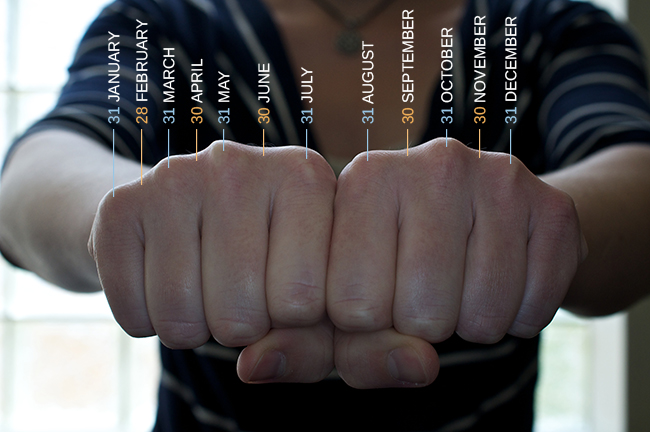| << Chapter < Page | Chapter >> Page > |
Most of us suffer from memory failures of one kind or another, and most of us would like to improve our memories so that we don’t forget where we put the car keys or, more importantly, the material we need to know for an exam. In this section, we’ll look at some ways to help you remember better, and at some strategies for more effective studying.
What are some everyday ways we can improve our memory, including recall? To help make sure information goes from short-term memory to long-term memory, you can use memory-enhancing strategies . One strategy is rehearsal , or the conscious repetition of information to be remembered (Craik&Watkins, 1973). Think about how you learned your multiplication tables as a child. You may recall that 6 x 6 = 36, 6 x 7 = 42, and 6 x 8 = 48. Memorizing these facts is rehearsal.
Another strategy is chunking : you organize information into manageable bits or chunks (Bodie, Powers,&Fitch-Hauser, 2006). Chunking is useful when trying to remember information like dates and phone numbers. Instead of trying to remember 5205550467, you remember the number as 520-555-0467. So, if you met an interesting person at a party and you wanted to remember his phone number, you would naturally chunk it, and you could repeat the number over and over, which is the rehearsal strategy.
Try this fun activity that employs a memory-enhancing strategy.
You could also enhance memory by using elaborative rehearsal : a technique in which you think about the meaning of the new information and its relation to knowledge already stored in your memory (Tigner, 1999). For example, in this case, you could remember that 520 is an area code for Arizona and the person you met is from Arizona. This would help you better remember the 520 prefix. If the information is retained, it goes into long-term memory.
Mnemonic devices are memory aids that help us organize information for encoding ( [link] ). They are especially useful when we want to recall larger bits of information such as steps, stages, phases, and parts of a system (Bellezza, 1981). Brian needs to learn the order of the planets in the solar system, but he’s having a hard time remembering the correct order. His friend Kelly suggests a mnemonic device that can help him remember. Kelly tells Brian to simply remember the name Mr. VEM J. SUN, and he can easily recall the correct order of the planets: M ercury, V enus, E arth, M ars, J upiter, S aturn, U ranus, and N eptune. You might use a mnemonic device to help you remember someone’s name, a mathematical formula, or the seven levels of Bloom’s taxonomy.

If you have ever watched the television show Modern Family , you might have seen Phil Dunphy explain how he remembers names:

Notification Switch
Would you like to follow the 'Psychology' conversation and receive update notifications?